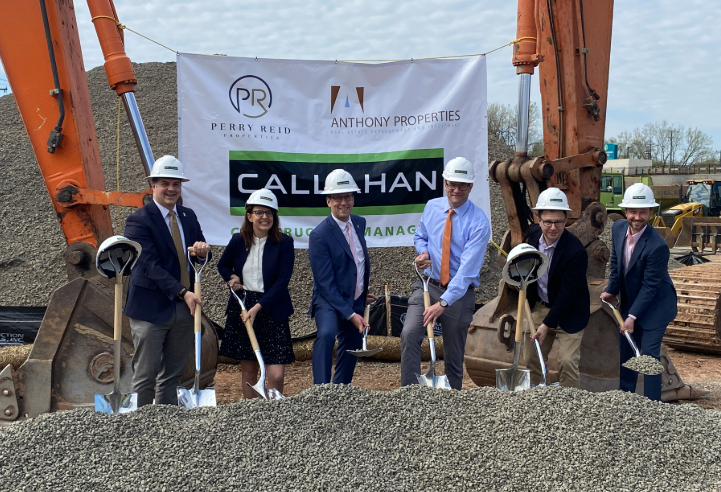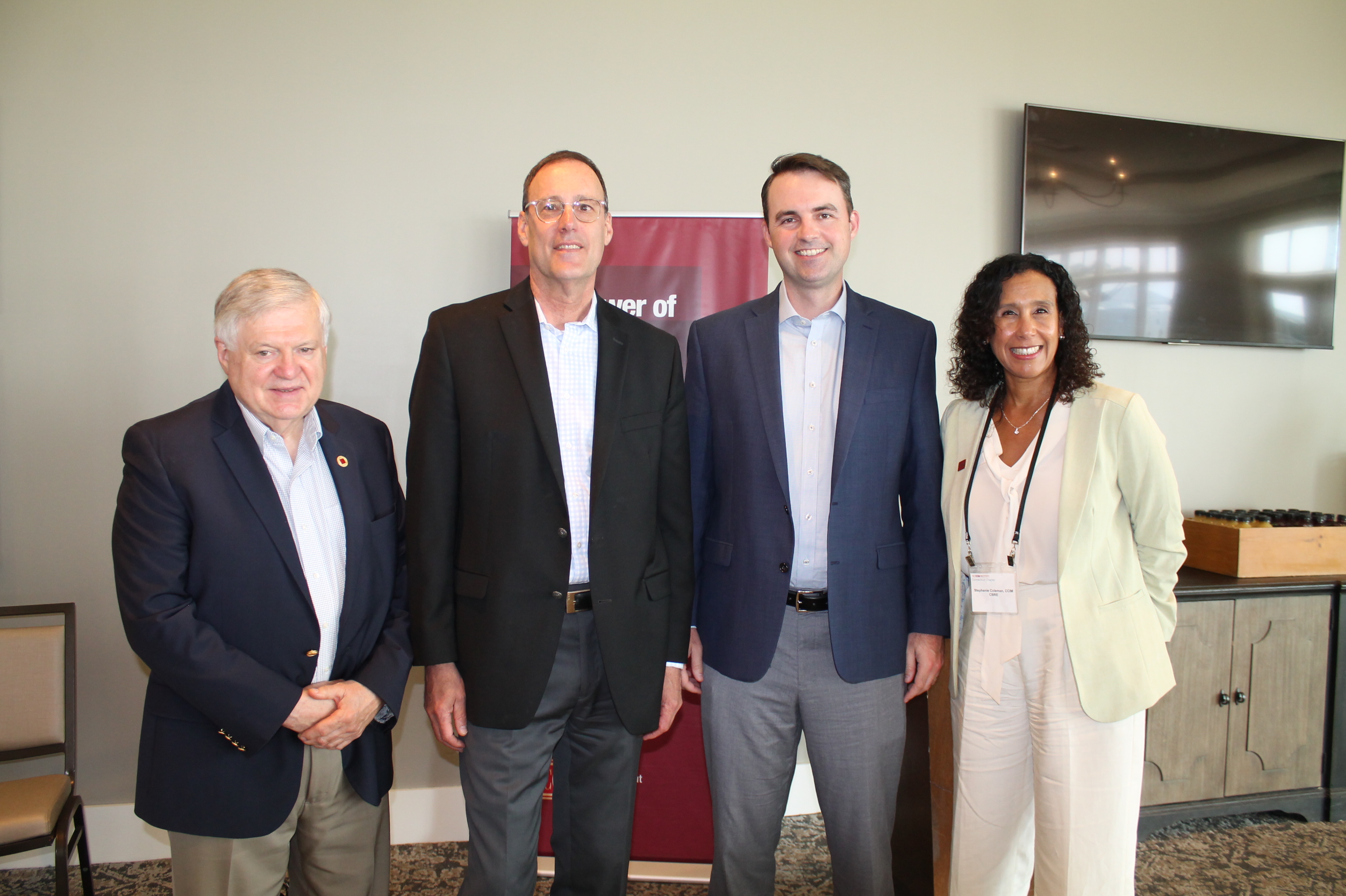When every dollar counts: Building smarter through collaboration - by Nancy Greenwald
 Nancy Greenwald, Construction Institute
Nancy Greenwald, Construction InstituteWhether you are a hospital, the developer of a hotel, a municipality or the state, this is a time when every dollar devoted to a project matters more than ever. Almost every construction project involves designing and then constructing a new very expensive product from scratch. Each project requires a complex, nonlinear transfer of information between the many parties who participate in the process. A report from the National Institute of Standards and Technology indicates that $15.8 billion is lost each year because of inefficient data exchange during the design, construction, facilities management, and operations of large commercial, institutional and industrial buildings, facilities and plants.1 It would be easy to conclude that the failures in information processing are inherent in the process. They are not.
How do we know this? Over the years, project delivery methods like design-build, integrated project delivery (IPD), and Lean project delivery, have been introduced, along with integrative information technologies like Building Information Modeling. Each of these methods has provided significant and measureable cost savings and process improvement. Yet none of these processes has fully addressed the problem.
What is the answer? In 2014, a study of integrated project delivery systems concluded that the specific delivery system is not the driver in project success. The driver of success is “highly integrated teams engaged in practices that brought individuals together, in multidisciplinary interactions.”2
In other words, improving communication through collaboration is the answer. The earlier the key parties collaborate, the more accurate and user friendly the design, the more efficient the workflow, and the fewer the problems from start to finish. Not coincidentally, the top five causes of legal disputes in construction involve communications problems.3
The mission of the Construction Institute at the University of Hartford is to promote cross-industry collaboration. We provide educational workshops, certificates, and programs design to engage all participants in the industry, from owners to architects and engineers, contractors and subcontractors, and the companies who service the industry in multi-disciplinary problem solving. In the upcoming year we look forward to providing our members with many new services, workshops and programs that were developed by asking ourselves the question: «How can we work better together and help the industry?”
Not a member? Join us today! Becoming a member of the Construction Institute is easy. Visit us at construction.org and click on the “register” link at the top of the page. All CI members receive the following benefits: Multiple attendee workshop discounts, certificate program advance purchase discount, member profile on CI website, special access to University of Hartford resources and events, access to members-only events.
If you have questions or would like to receive more information, please email us at admin@construction.org.
(Endnotes)
1 National Research Council. (2009). “Advancing the competitiveness and efficiency in the U.S. construction industry.” Available at http://www.nap.edu/search/?term=Advancing+the+Competitiveness+and+Efficiency+of+the+U.S.+Construction+Industry
2 Leicht, R. M., Molenaar, K. R., Messner, J. I., Franz, B. W., and Esmaeili, B. (2015). Maximizing Success in Integrated Projects: An Owner ’s Guide. available at http://projectdelivery.weebly.com/
3 Global Construction Disputes Report 2016: Don’t Get Left Behind, Arcadis, June 6, 2016, at 10, available at https://www.arcadis.com/en/united-states/our-perspectives/2016/global-construction-disputes-report-2016don-t-get-left-behind/.
Nancy Greenwald is executive director of The Construction Institute, Hartford, Conn.
Highcap Group brokers $41.1 million sale of two building multifamily portfolio
Norwalk, CT Highcap Group has completed the sale of two luxury multifamily properties with a total of 120 units for a combined purchase price of $41.4 million.








